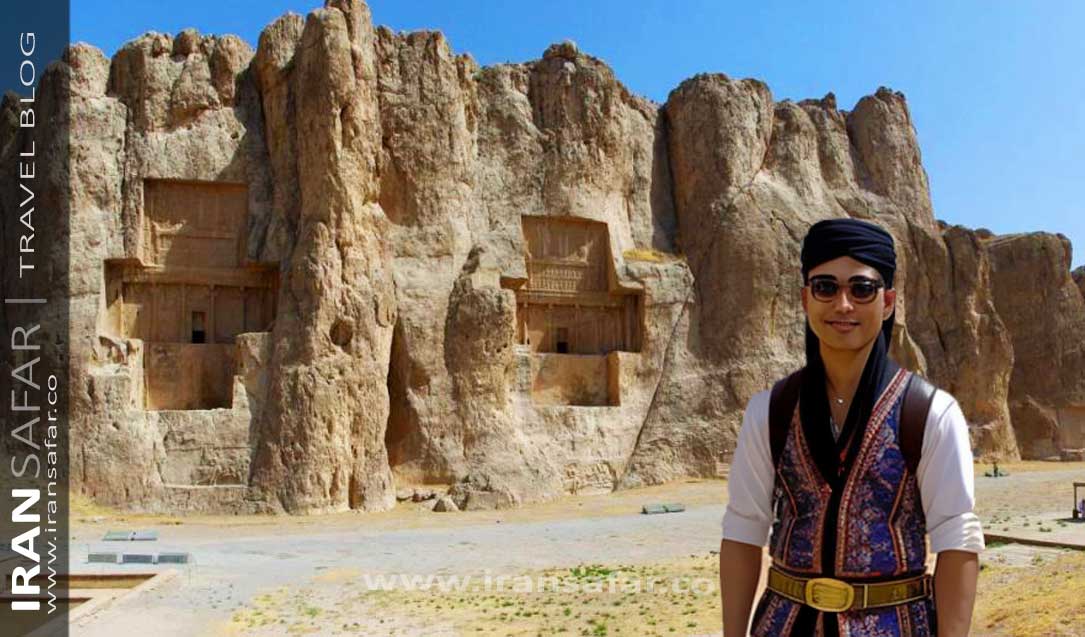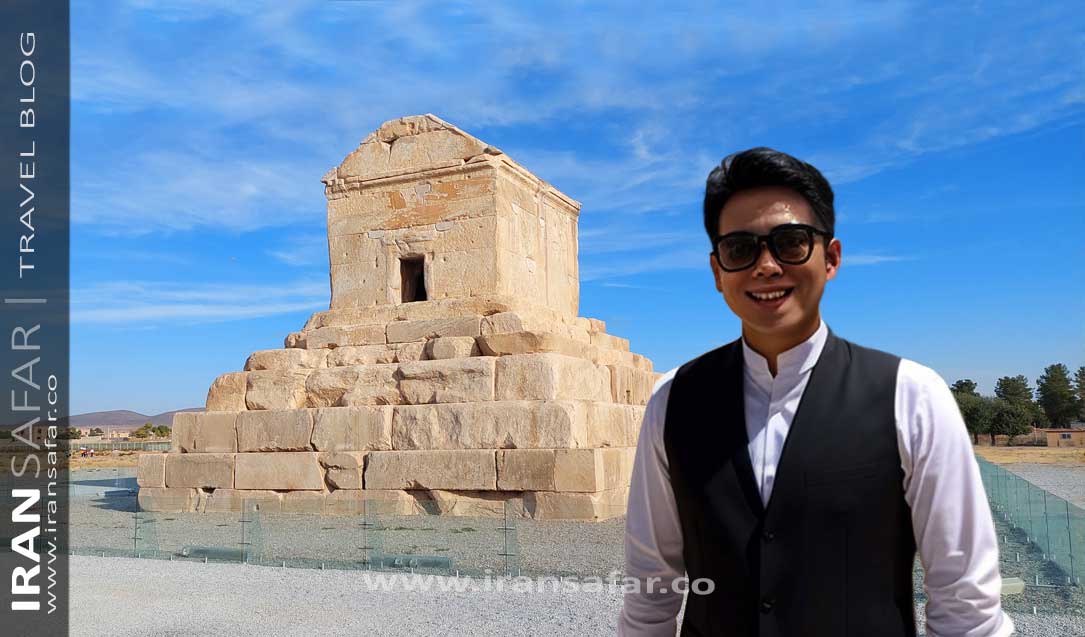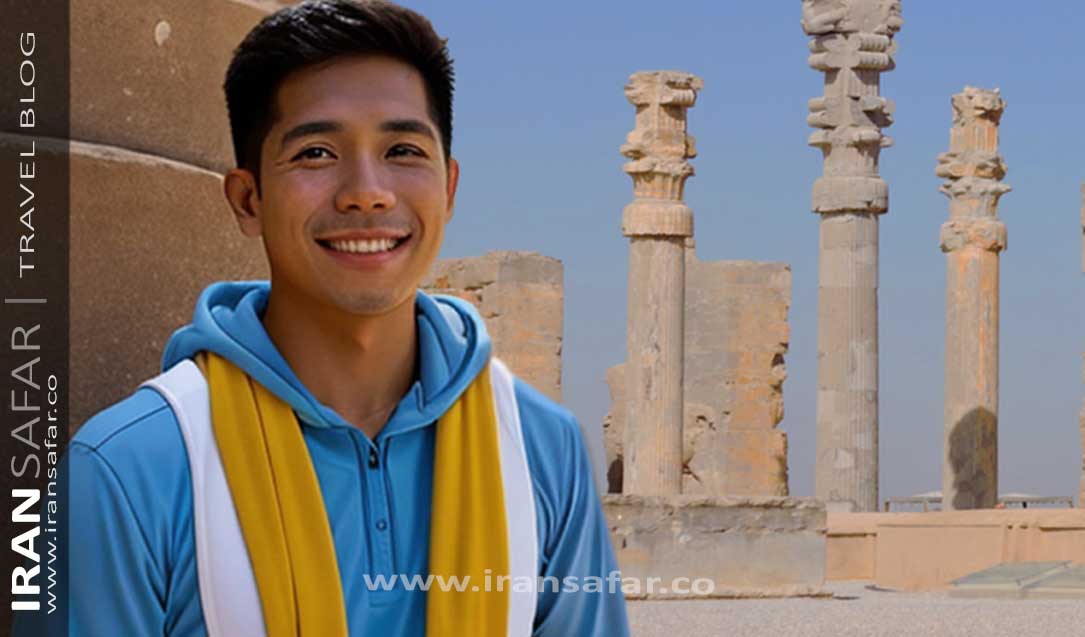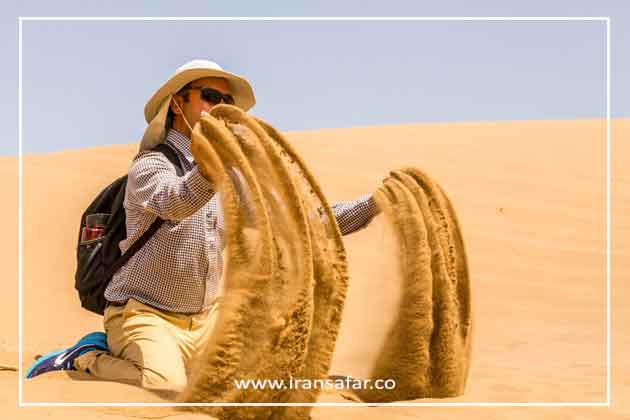Iran, the charming 4-season country located in the Middle East, is one of the most interesting travel destinations for Filipinos travelers for its overwhelming natural landscapes, historical sites, delicious food, welcoming locals, art and culture, and top service quality with affordable prices. In this article, we will provide you with all the necessary information about how to travel to Iran from the Philippines, including visa requirements, transportation options and the best Iran travel tips.
 Naqsh-e Rostam, Shiraz, Iran
Naqsh-e Rostam, Shiraz, Iran
Iran Travel Tips & Requirement for Filipinos
Are you dreaming of an exciting journey from the Philippines to Iran? This guide is your one-stop resource for everything you need to know about travelling to Iran from the Philippines. We’ll provide you with a comprehensive overview of essential tips and requirements to make your trip smooth and unforgettable.
Traveling from the Philippines to Iran can be an enriching experience filled with diverse cultures, breathtaking landscapes, and warm hospitality. To ensure your journey is hassle-free and memorable, we’ve compiled a comprehensive guide with all the essential tips and requirements you need to know.
Iran Visa Requirements for Filipinos
Before you start planning your trip in Iran, make sure to check the visa requirements for Filipino citizens traveling to Iran. The Philippines passport holders are able to obtain both consulate visa and the VOA visa, which can be processed online. It’s advisable to start the visa application process well in advance to allow for any potential delays.
Passport and Visa Requirements
Ensure your passport is valid for at least six months beyond your planned departure date. Filipinos traveling to Iran for tourism purposes need to apply for a tourist visa.
Visa process for the Philippines Citizens
In recent years, due to the growing friendship between the Philippines and Iran, the governments try a lot to ease the visa process for Filipino citizens. You can obtain a 40-day tourist visa for Iran at the arrival airport or one of the Iranian embassies.
Iran Safar Travel Co. will arrange your Iran visa in a few simple steps:
Step 1: Submit the visa application form
For submitting the from, you will also need to upload following documents:
1: A scanned copy of the first page of your passport, needs to be valid at least for 6 months.
2: A scanned face photo in size of 4 cm in 6 cm.
Iran Visa Application Form
Step 2: Starting visa application
Our colleagues in the visa department apply for your visa at the right time.
Step 3: Receiving a visa approval
After 5 working days, you will receive a visa approval which is officially called Iran Visa Grant Notice . This document means that your visa has been approved.
Step 4: Visa issuance
After you receive the visa approval letter, you can easily refer to the relevant embassy/consulate to receive your visa.
Note: Iran airport visa (VOA or visa on arrival) is also applicable for Filipino passport holders. In case you wish to receive your visa upon arrival, please simply mention in the application form, the name of the airport that your flight will land in. Ex: Tehran IKA, Tabriz airport, Isfahan ISF, etc.
Your visa is valid for 30 days and it is also possible to extend it, although it can be said that with this type of tourist visas you can stay in the country for 30 days.
For more detailed instructions, please read our visa instructions, a comprehensive guide to Iran visa application for the Philippines travelers:
Iran Visa Online – Application & Information 2023
Visa on Arrival for the Philippines citizens
Travelers from the Philippines can obtain a visa on arrival at major Iranian airports. The process for Iran VOA is exactly the same as a consulate visa; It means that you would need a visa grant notice (visa approval) in advance, and after receiving this document from an Iranian travel agent, you can easily collect your visa from the airport.
Please note: Without the visa grant notice, there will be a risk of rejection at the airport. Make sure to have this approval document in your hand when you arrive in Iran
Things you need to know before You Go
Traveling to Iran can be an exciting and culturally enriching experience, but it’s essential to be well-prepared to ensure a smooth and enjoyable journey. In this article, we will provide you with essential information and tips to make your visit to Iran a memorable one. From visa requirements to cultural etiquette, this guide covers everything you need to know before embarking on your adventure.Before you embark on your journey, there are several crucial steps to consider, from obtaining the necessary documents to understanding the local customs.
 Pasargadae, tomb of Cyrus the Great
Pasargadae, tomb of Cyrus the Great
How to get to Iran from the Philippines
This section will guide you through the various travel routes you can take from the Philippines to Iran.
Air Travel from the Philippines to Iran
Currently, there is no direct flight from the Philippines to Iran. You will need to take connecting flights, usually through major transit hubs like Dubai, Doha, or Istanbul. Many connection flights from the Philippines to Iran have resumed operations. There are several airlines operating flights from the Philippines to Iranian cities which are mostly to the capital, Tehran, but also to other main cities like Shiraz, fabulous city of Isfahan and also the holy city of Mashhad.
Common layover cities for this route include Istanbul, Doha, Dubai, and various European cities like Frankfurt and Vienna.
a. Istanbul: Turkish Airlines often provides flights from Manila to Tehran with a layover in Istanbul.
b. Doha: Qatar Airways may offer flights with a layover in Doha, Qatar.
c. Dubai: Emirates, Fly Dubai, or other airlines based in Dubai offer routes with layovers in Dubai.
d. Europe: Depending on the airline and route, you may have layovers in European cities. Popular options include Vienna, Frankfurt, and London.
Tehran Airport: Your final destination will be Tehran Imam Khomeini International Airport (IKA).
Compare Prices and Duration: Compare flight prices, duration, and layover times to find the most convenient option for your schedule and budget.
Book Your Flight: Once you’ve found a suitable flight, book it through the airline’s official website or a reputable travel booking platform.
 Persepolis ruins, Marvdasht, Iran
Persepolis ruins, Marvdasht, Iran
Transportation in Iran
Getting around in Iran is relatively easy, and there are several options to choose from. Iran has an extensive network of buses, metros, and taxis in major cities. It’s a cost-effective way to get around. However, if you plan to explore more remote areas, you might want to consider to book your transport in advance.
– Domestic Flights in Iran
Iran is a vast country, almost 6 times larger than the Philippines, so you might need to catch a flight within the country for your trip. To make your journey smoother, it’s a good idea to book your domestic flights ahead of time. To do this, you can reach out to a local travel agency for assistance in selecting the right flight, transferring the payment, and making the booking. At friendlyiran, we’ve made this process simpler by setting up an online system for booking flights in Iran. I recommend checking out our blog to get all the information you need and to book the domestic flight that fits your Iran travel plans.
– Driving in Iran
If you’re thinking of renting a car and driving in Iran, be ready for different driving conditions and traffic rules. Make sure you have an International Driving Permit (IDP) and take some time to understand the local traffic regulations.
– Taxis and Ride-Sharing
Taxis and ride-sharing services are widely available. The taxi meter system is not common in Iran and it is necessary to agree on a fare before starting your journey.
Read – Train Travel in Iran
Travel Insurance
Invest in travel insurance to cover unexpected events like trip cancellations, medical emergencies, and lost luggage. It’s a small expense for peace of mind during your adventure.
Currency and Banking
Currency Exchange: Iran’s official currency is the Iranian Rial (IRR). It’s essential to exchange your currency at authorized exchange offices or banks, as black market rates can be unreliable and sometimes illegal.
Credit Cards: While international credit cards are not accepted in Iran (due to sanctions), it’s wise to have sufficient cash in hand, as only Iranian debit/cards and cash payments would be accepted.
Read More – Iranian Currency
Local Culture and Etiquette
Iran has a really cool history and culture, so it’s important to be nice and polite about their traditions. Wear simple clothes, don’t kiss and hug in public, and always say “Salaam” to the locals in a friendly way. Knowing and following these customs is a must when you go to Iran. Here are some important tips for being polite and showing respect when you visit Iran:
Greeting: Iranians are famous for being super friendly. When you meet someone, especially for the first time, guys usually give a strong handshake. But if you’re meeting someone from the opposite gender, it’s better to let them start the greeting. And saying “Salaam” (that means hello) is the way to go.
Politeness: Politeness and respect are super important in Iran. When you talk to people, use titles like “Mr.” or “Mrs.” as a way to show respect. Calling someone by their first name is usually only for close friends and family.
In Public: Kissing and hugging in public isn’t okay in Iran. It’s fine for married couples to hold hands, but if you’re not married, it’s better to avoid it.
Tipping: In Iran, it’s normal to leave a little extra money as a tip, especially in restaurants and after tours. It’s a way of saying thanks for good service.
Shoes: When you go to someone’s house, it’s polite to take off your shoes at the front door. This shows that you’re clean and respectful to the person who lives there.
Photography: Always ask before taking pictures of people, especially in the countryside. Some folks might not like having their picture taken, so it’s important to be nice and respect their privacy.
Also Read – Things that you only see in Iran !
Dress Code
Iran has semi-strict dress codes, particularly for women. It’s important to wear modest clothing that covers your arms and legs and includes a headscarf for females. Men should avoid wearing shorts in public. Pack modest and comfortable clothing, as Iran has a conservative dress code. Don’t forget to bring a headscarf for women and appropriate attire for men.
Safety in Iran
Iran is considered a safe place, but just like any other location, it’s important to be cautious. Be watchful of your belongings, steer clear of walking alone at night in places you’re not familiar with, and heed the advice from the locals.
Also Read – Is Iran Safe to Travel in 2023?
Medications and Prescriptions
Carry a copy of your prescriptions for any necessary medications. It’s also a good idea to bring a basic first-aid kit for minor health issues.
Customs and Immigration
Upon arrival, you’ll need to go through customs and immigration. Make sure to declare any valuable items and be ready for a quick security check.
Language
While Persian is the official language, many Iranians understand English. Learning a few basic Persian phrases can enhance your experience and help you navigate more easily.
Food and Drink
Iran boasts a rich culinary heritage. Don’t miss the opportunity to try traditional Persian dishes such as kebabs, rice with saffron, and aromatic stews. Be aware that alcohol is prohibited in Iran.
Read – Persian Cuisine
Accommodation
There are various accommodation options in Iran, from luxury hotels to budget-friendly hostels. Make reservations in advance to secure the best deals.
Internet Access
Keep in touch with your friends and family by using the internet in hotels and cafes. If you’re on the move, think about getting a local SIM card for your phone. Please kindly be advised that some news websites, also most social media such as Facebook and Whatsapp are blocked in Iran and only accessible through VPNs. So try to download some VPN on your phone before arrival in Iran.
When you travel from the Philippines to Iran, you have a cool chance to visit a country with lots of history, culture, and beautiful nature. To have a great trip and show respect for local traditions, follow these tips. So, pack your stuff, prepare to discover Iran’s amazing places, and make memories that’ll last a lifetime.
Travel to Iran from the Philippines – FAQs
1. Can Filipinos obtain a visa on arrival in Iran?
Yes, Filipinos can obtain a tourist visa from the airport. It is recommended to receive your visa approval in advance to remove any risk of refusal – rejection.
2. Is it safe for Filipinos to travel to Iran?
Iran is generally safe for travelers, but it’s essential to stay updated on travel advisories and respect local customs.
3. What is the best time to visit Iran from the Philippines?
The best time to visit Iran is during spring (March to May) and autumn (September to November) when the weather is mild.
4. Can I use my credit card in Iran?
Credit cards issued by international banks are not accepted in Iran. It’s advisable to bring cash in USD or Euro for exchange.
5. Are there any health precautions I should take before traveling to Iran?
Ensure you are up to date on routine vaccines and consider vaccinations for diseases like Hepatitis A and Typhoid. Consult your doctor for personalized advice.
6. How can I stay connected to my loved ones back in the Philippines during my trip?
You can purchase a local SIM card in Iran such as Hamrah-e Aval or the second provider MTN Irancell to have access to mobile data and make international calls.
7. Is it necessary to cover my head as a female traveler in Iran?
Yes, female travelers in Iran are required to wear a headscarf. It’s essential to dress modestly, covering your arms and legs.
8. What’s the best time to visit Iran?
The best time to visit Iran is during the spring (March to May) and autumn (September to November) when the weather is pleasant for outdoor activities and sightseeing.
9. Can I visit historical sites in Iran without a tour guide?
Yes, you can visit many historical sites in Iran without a tour guide. However, having a guide can enhance your understanding of the history and culture associated with these sites.



Comment (0)